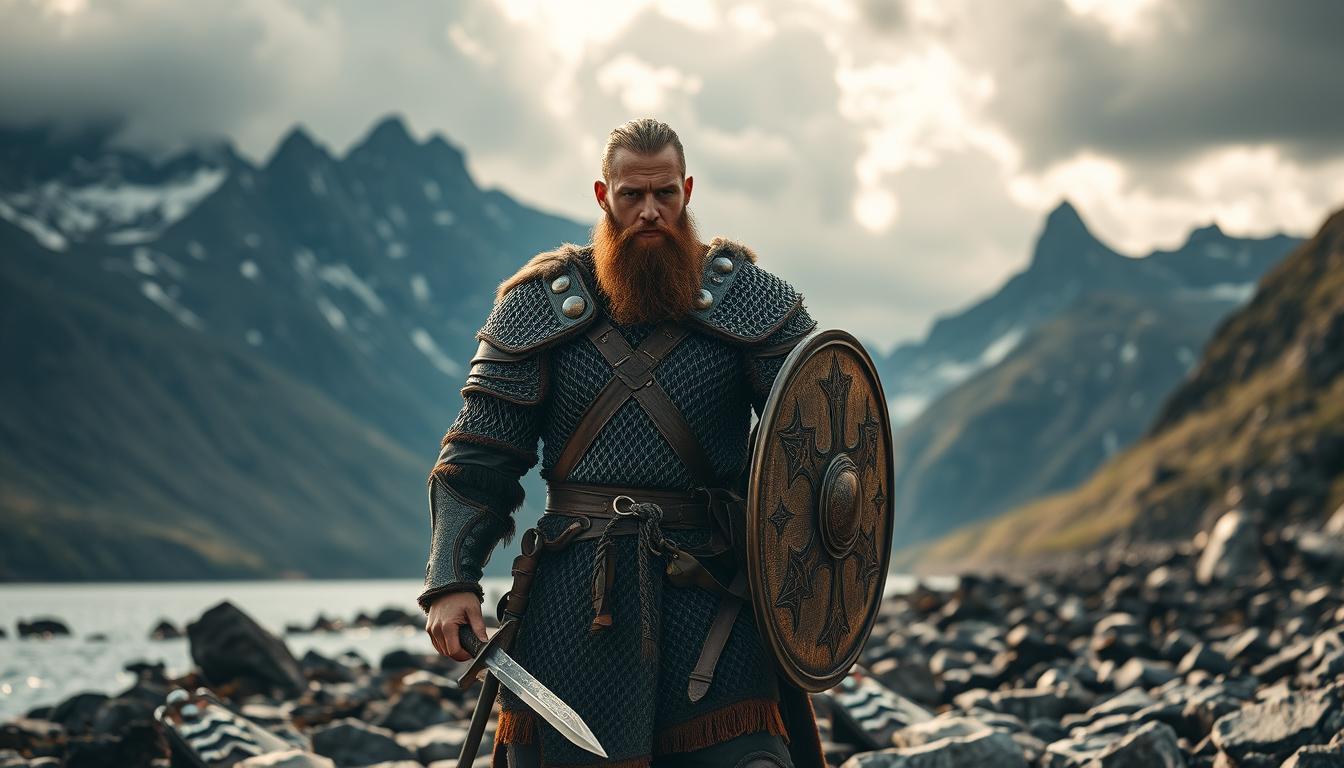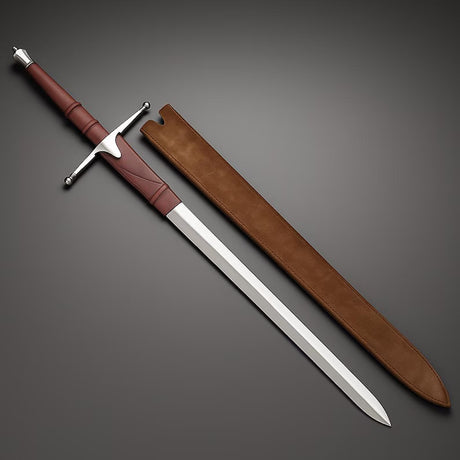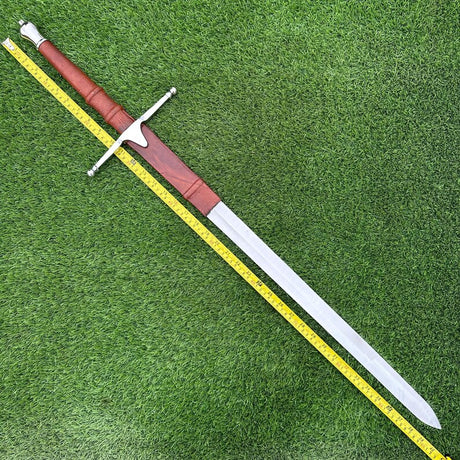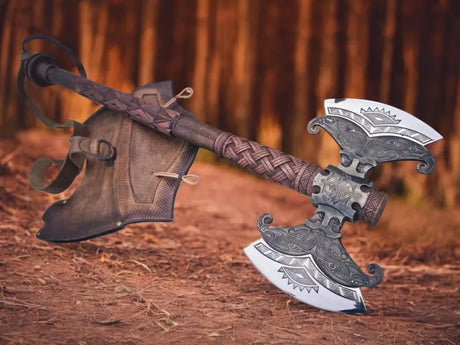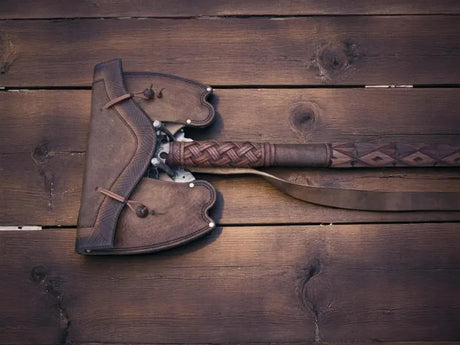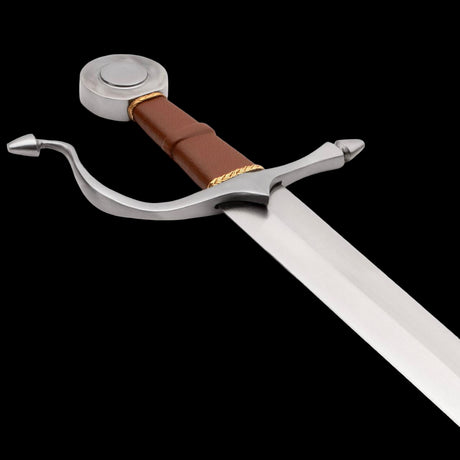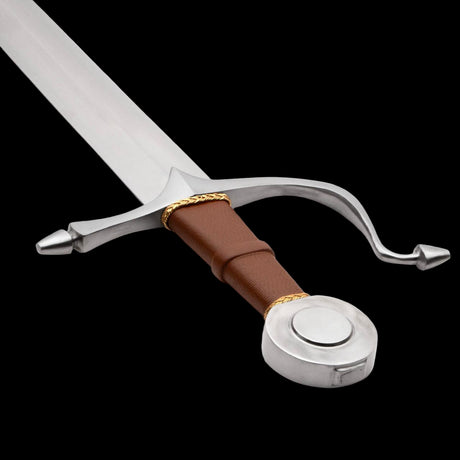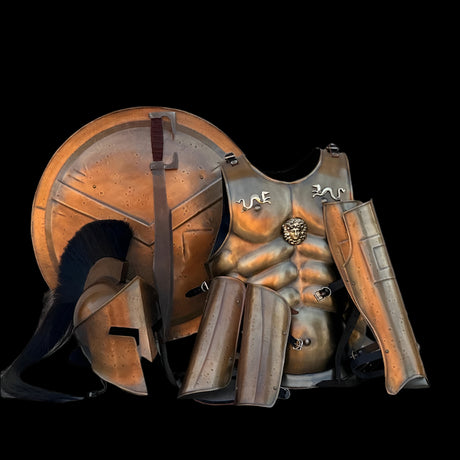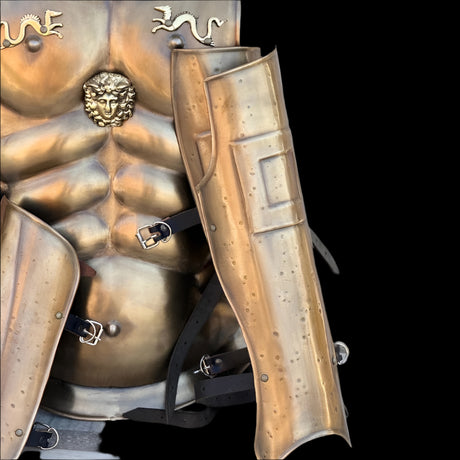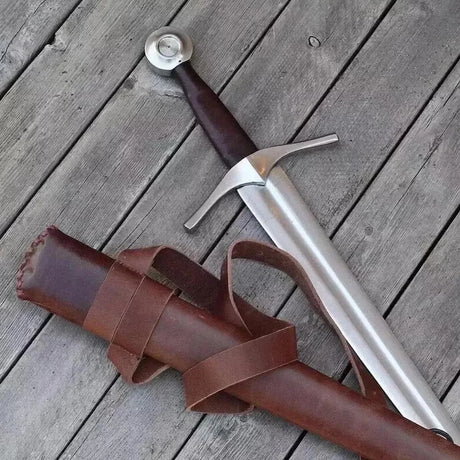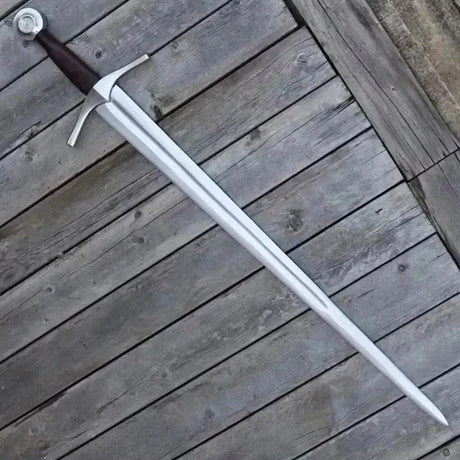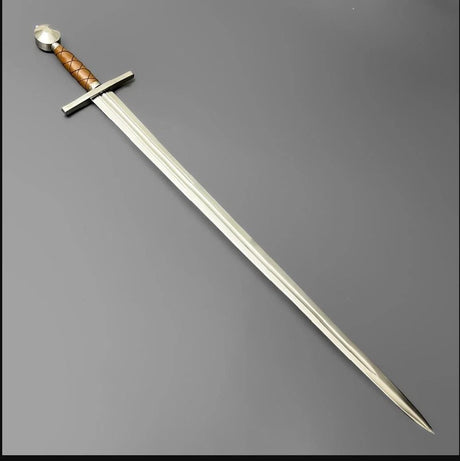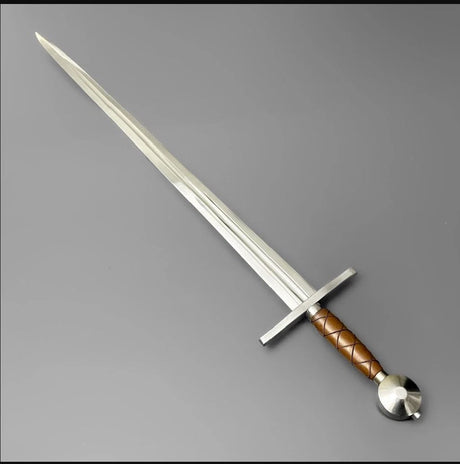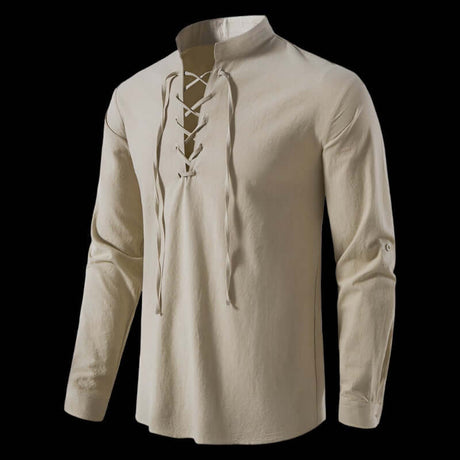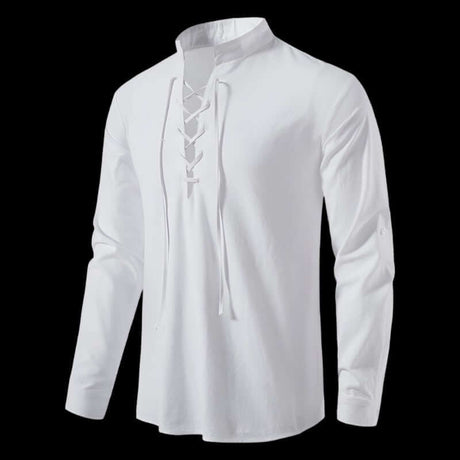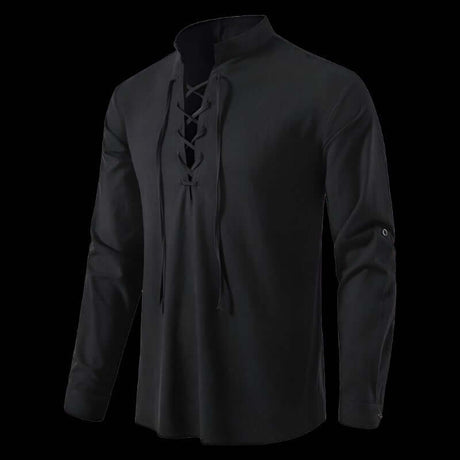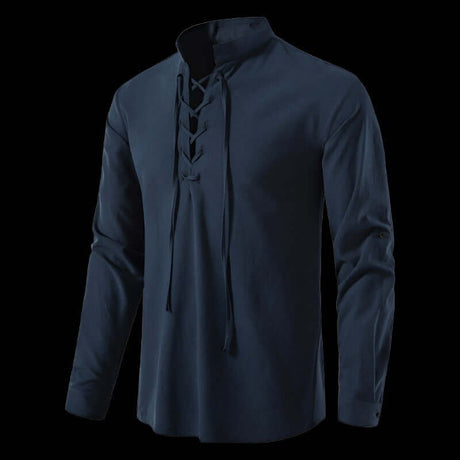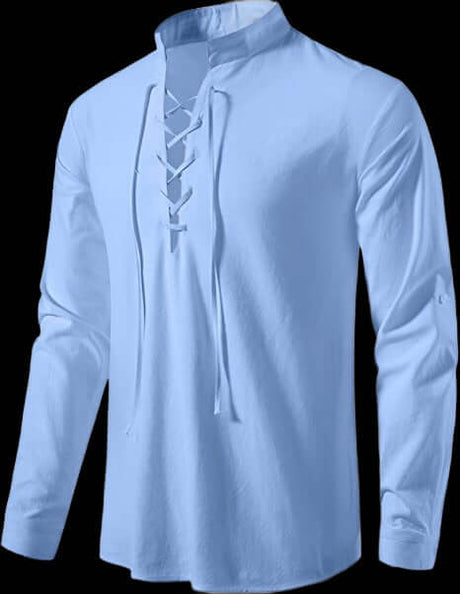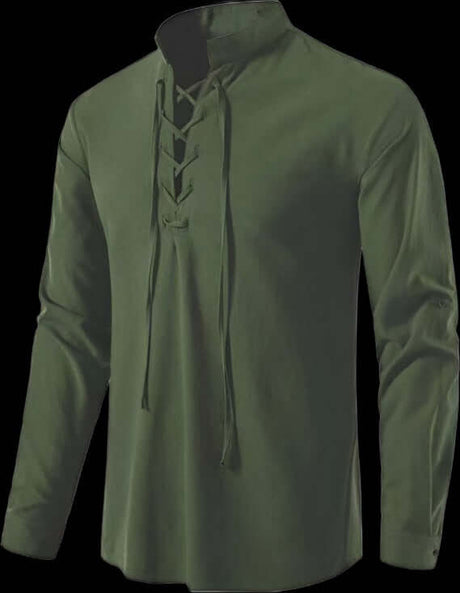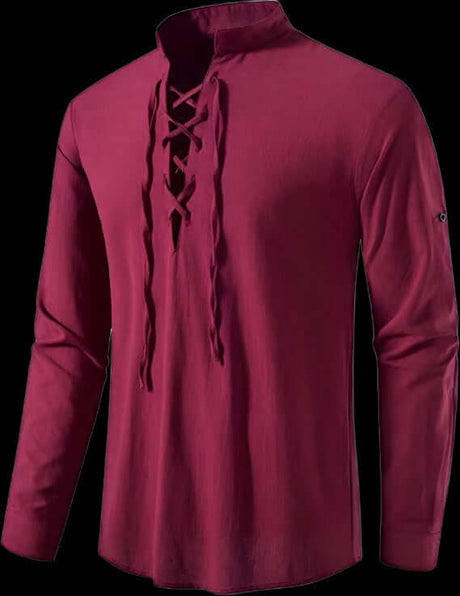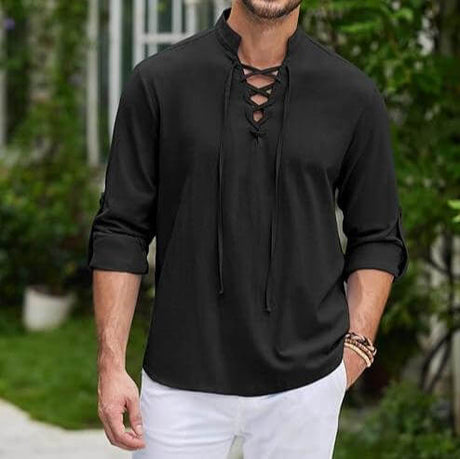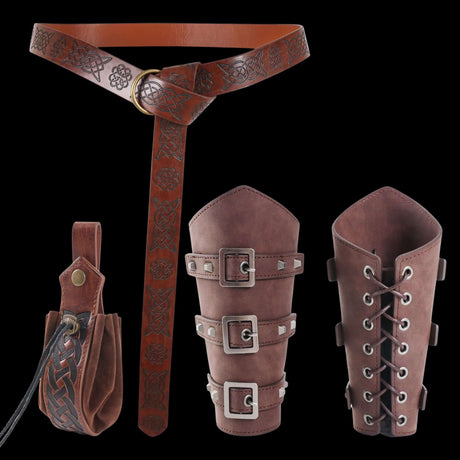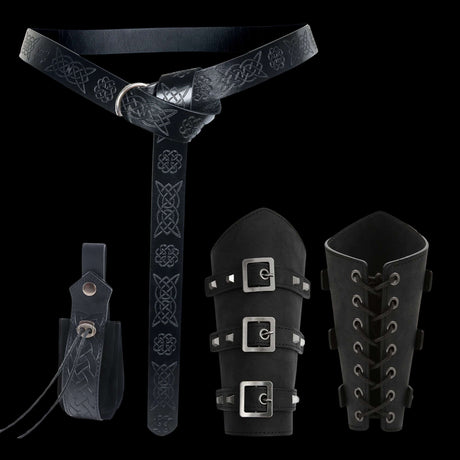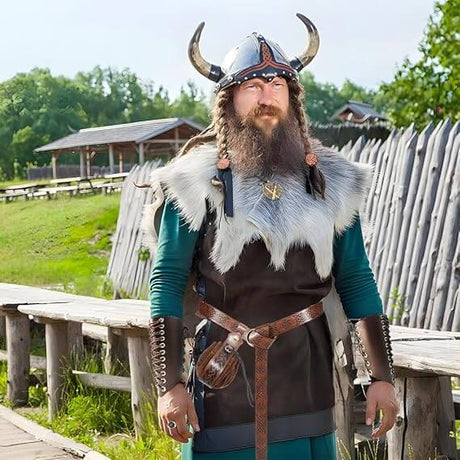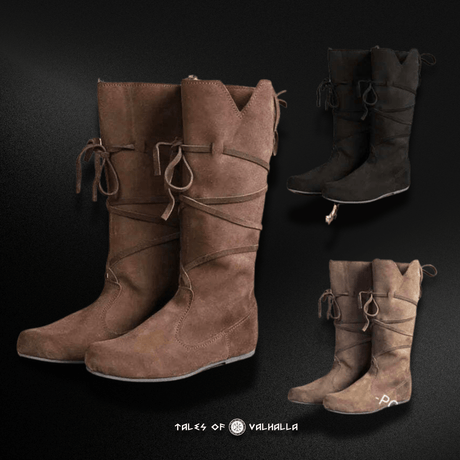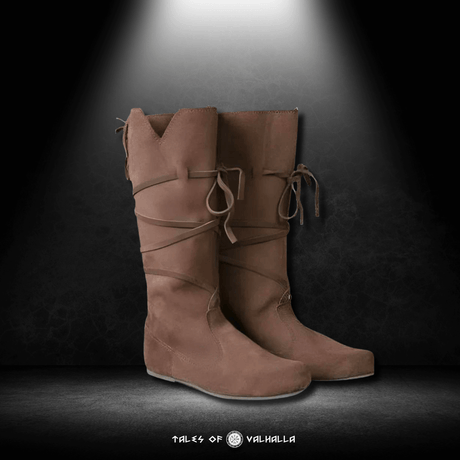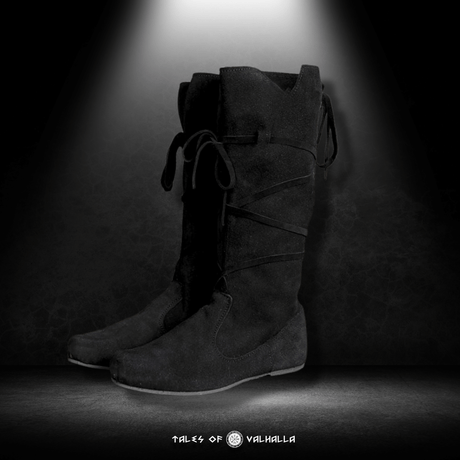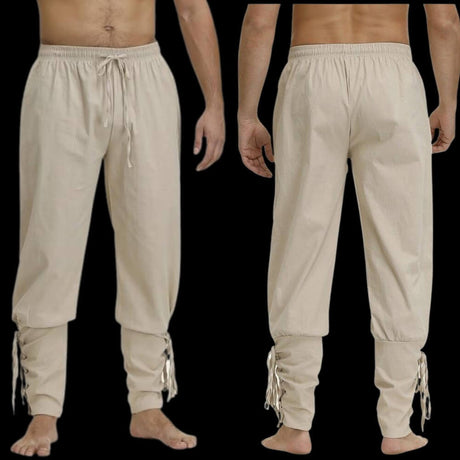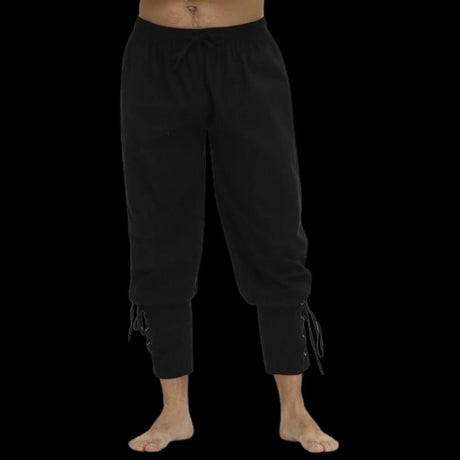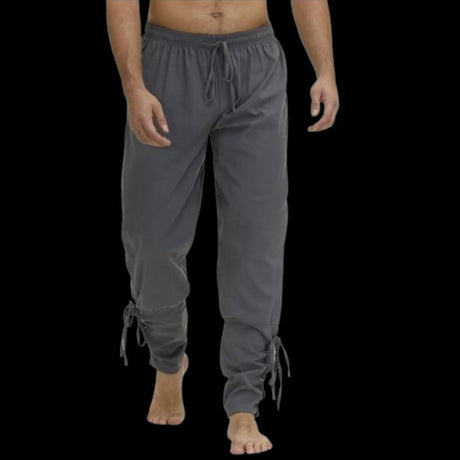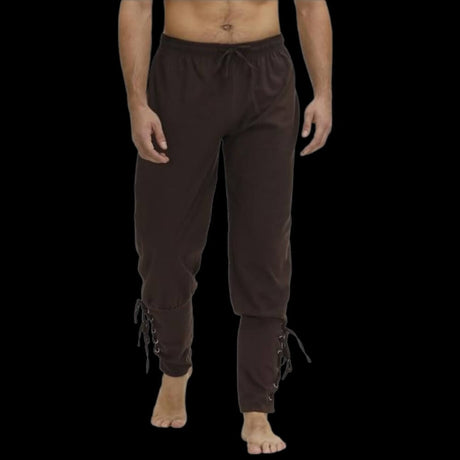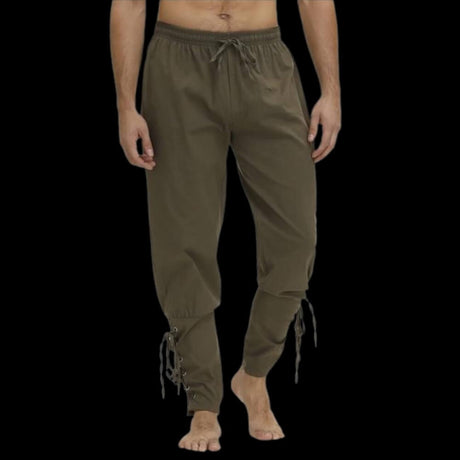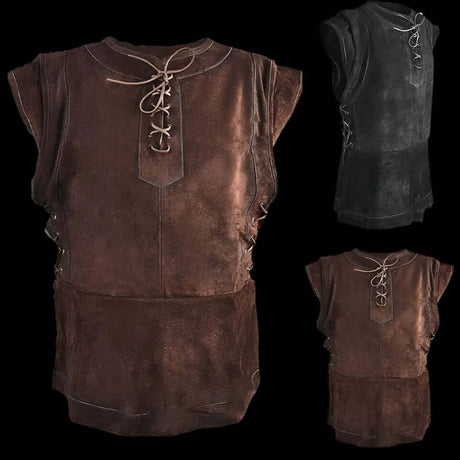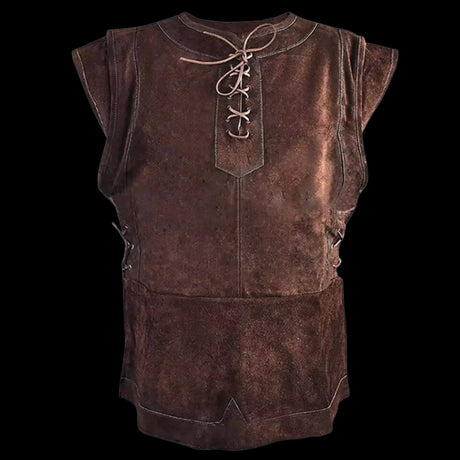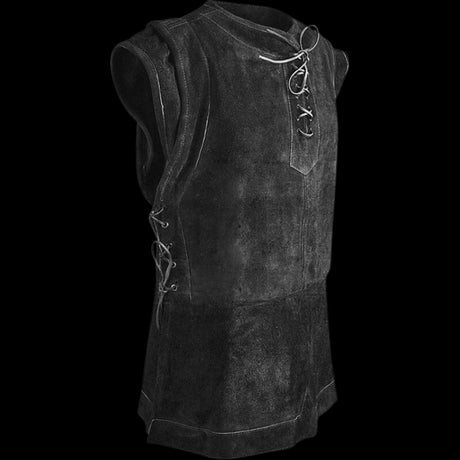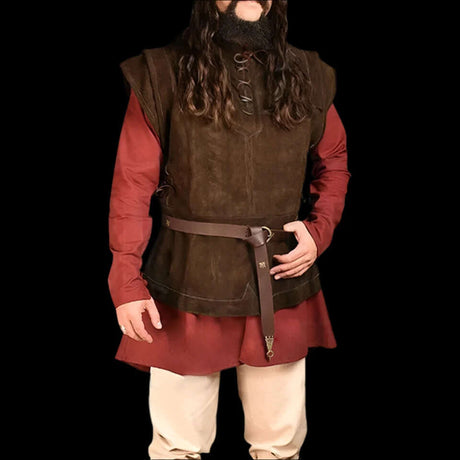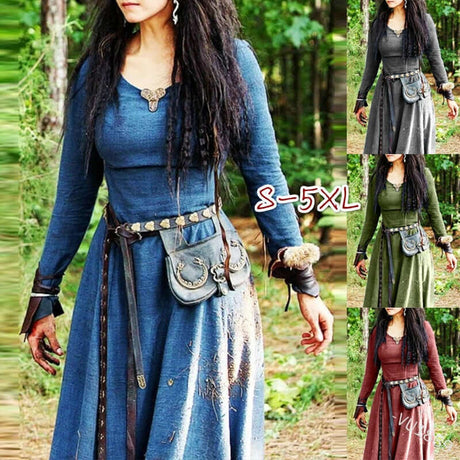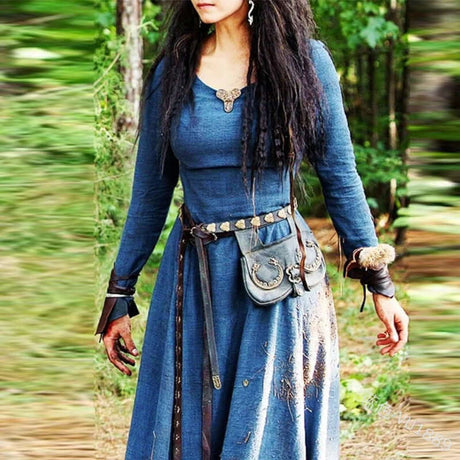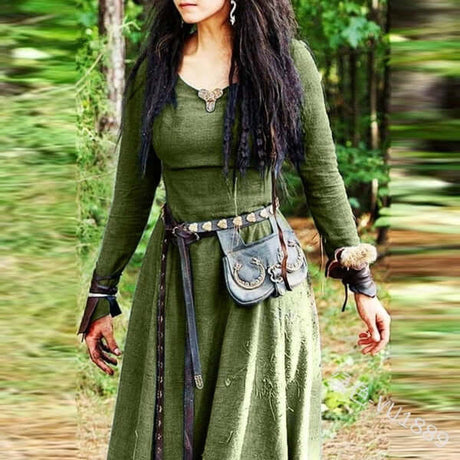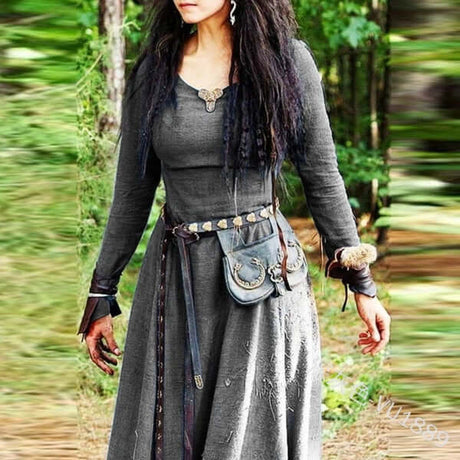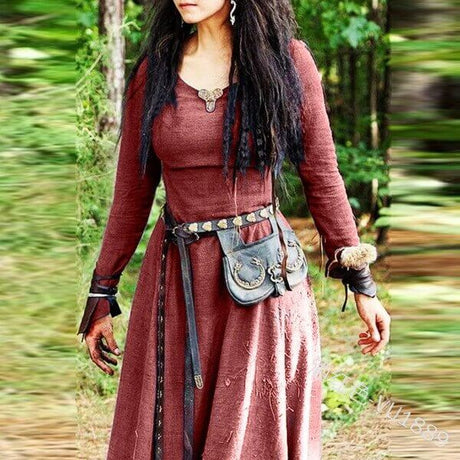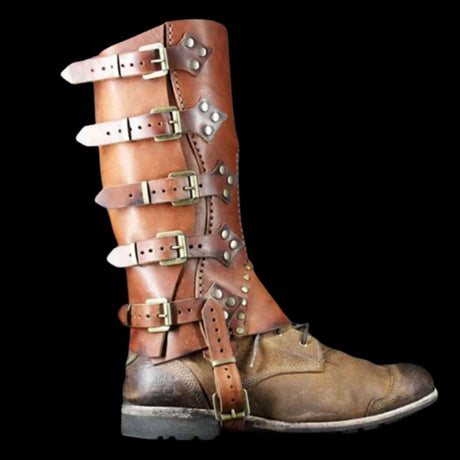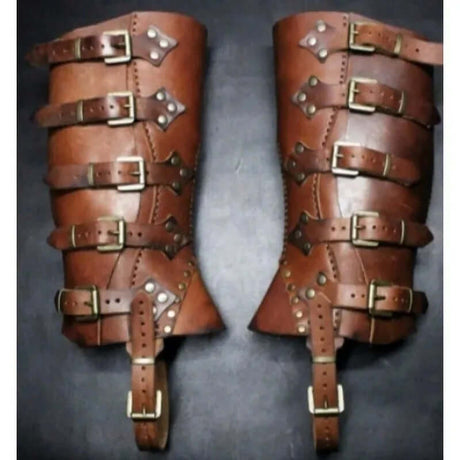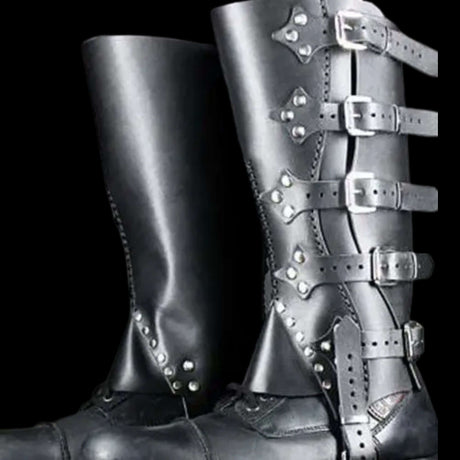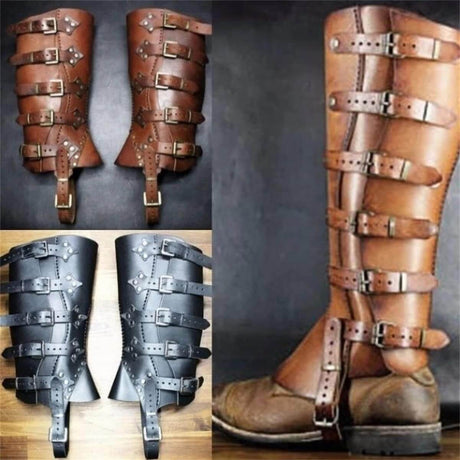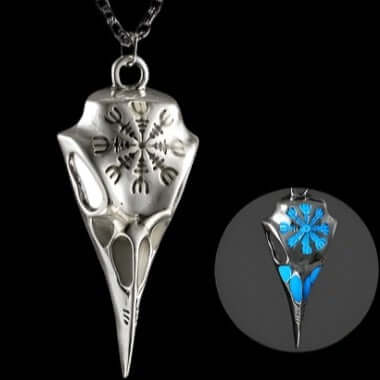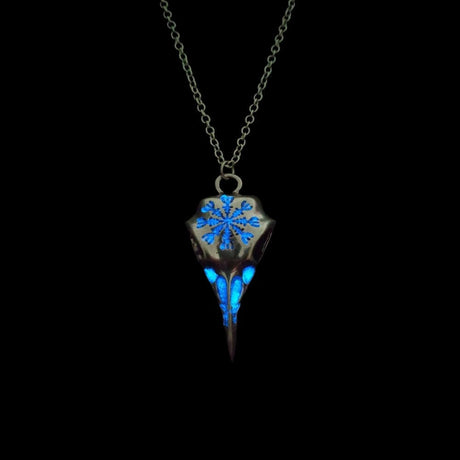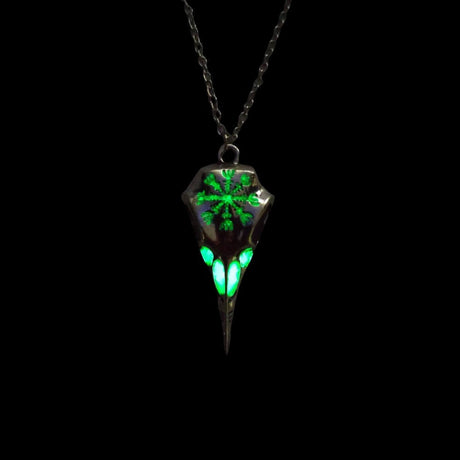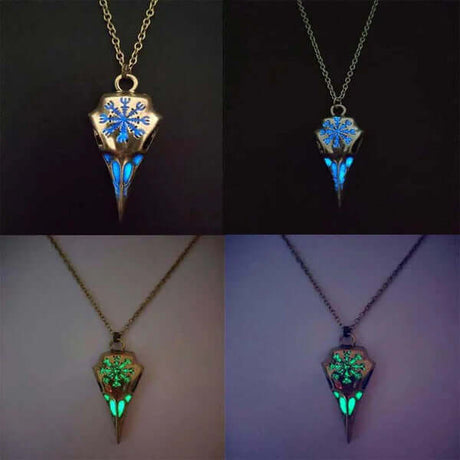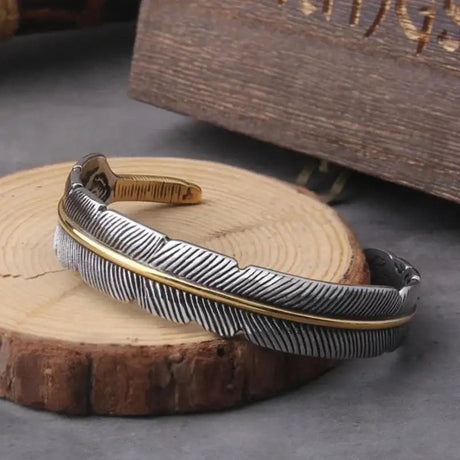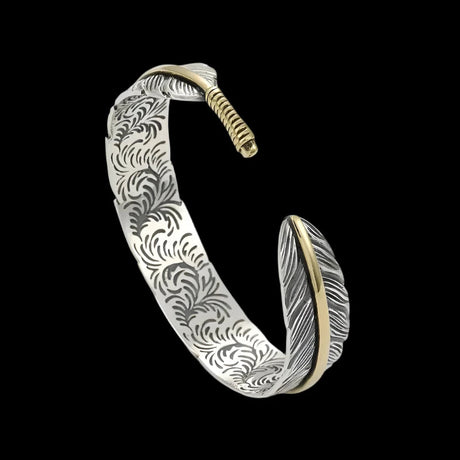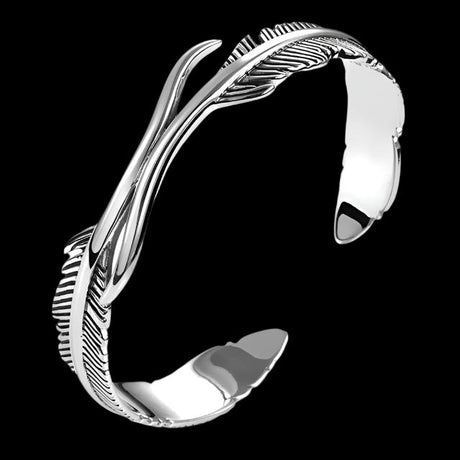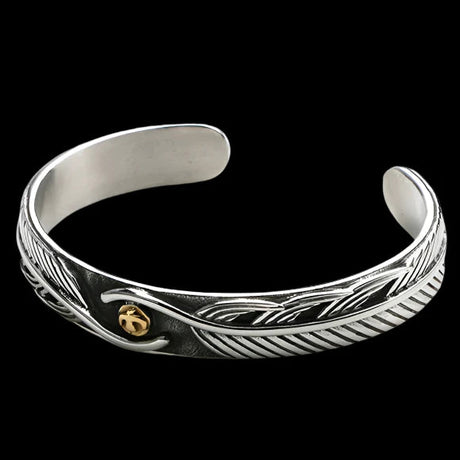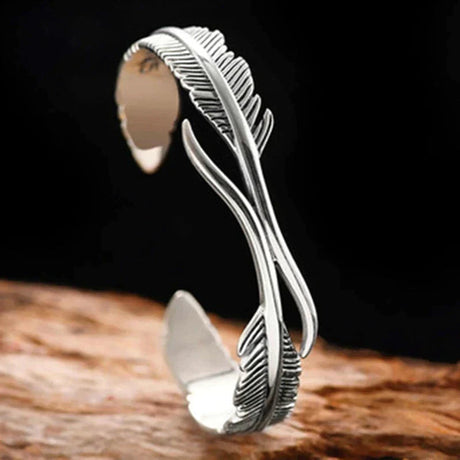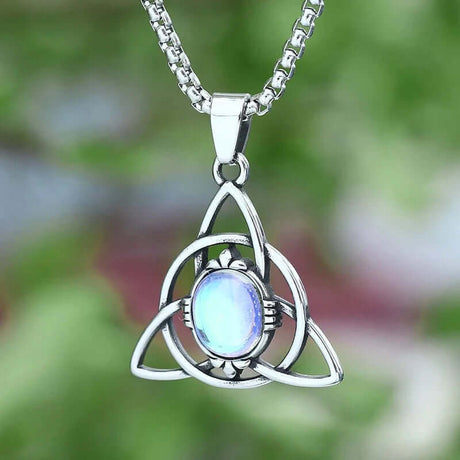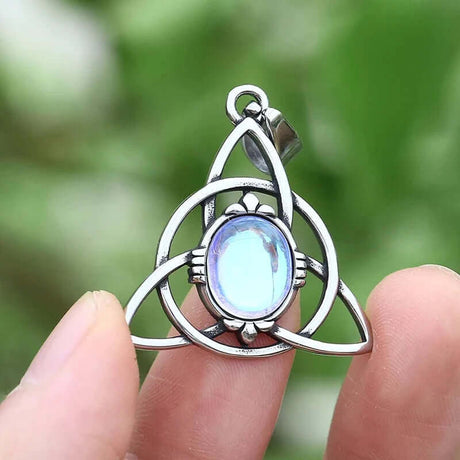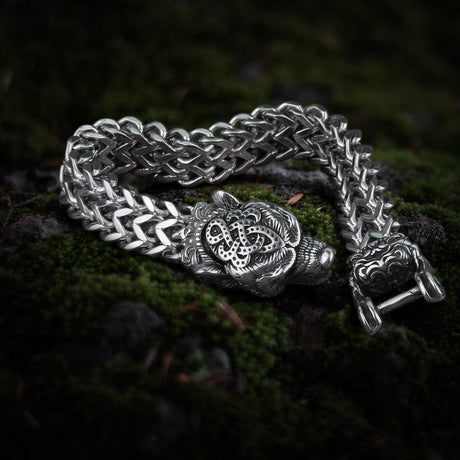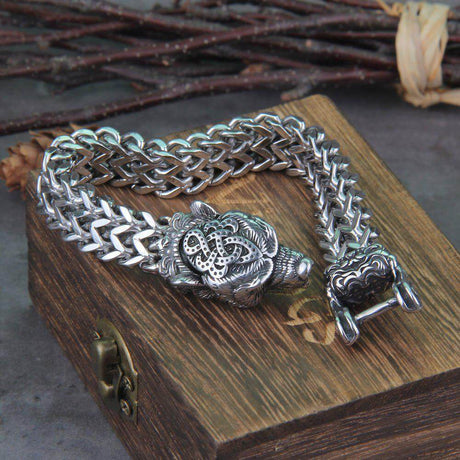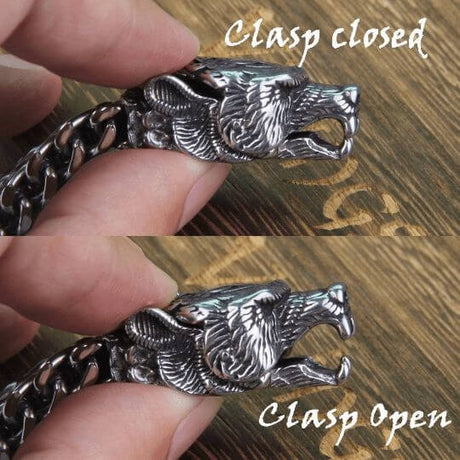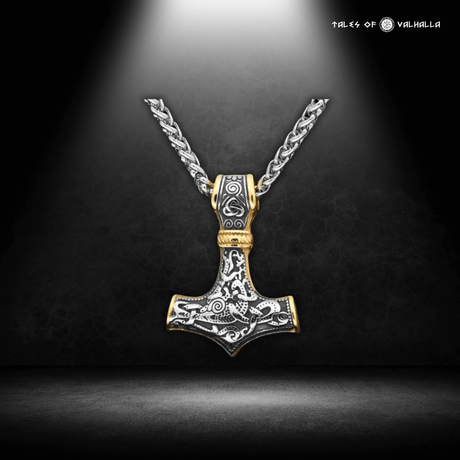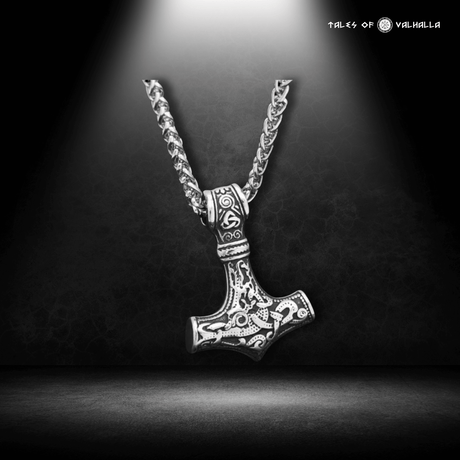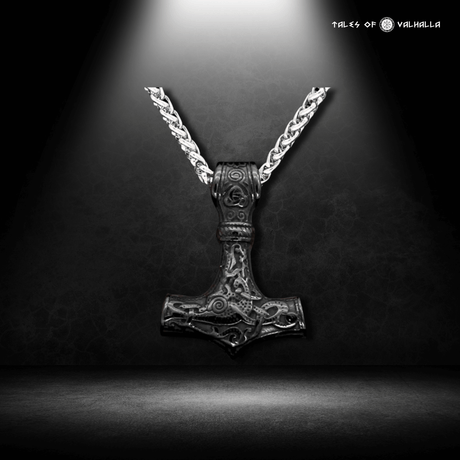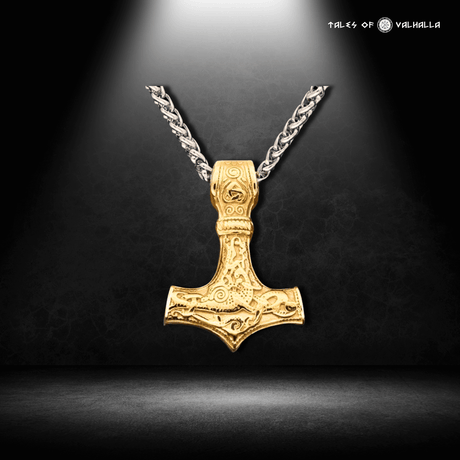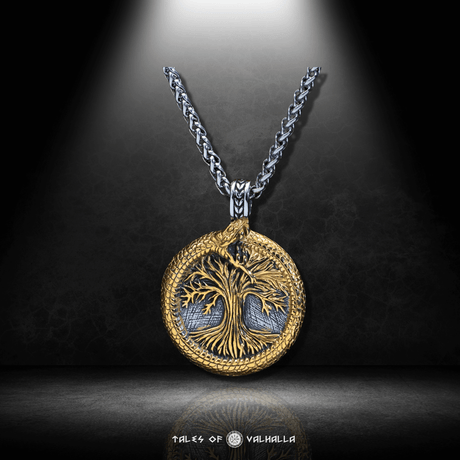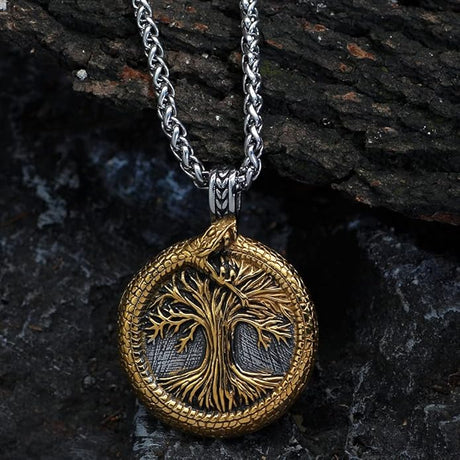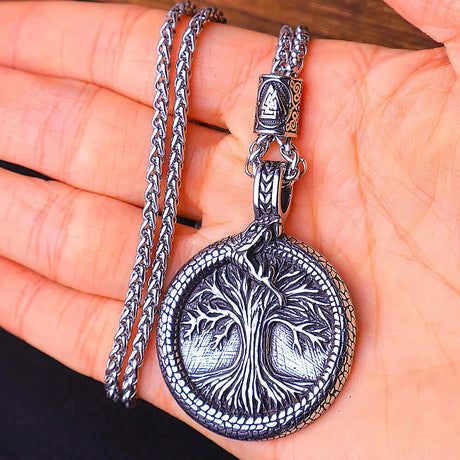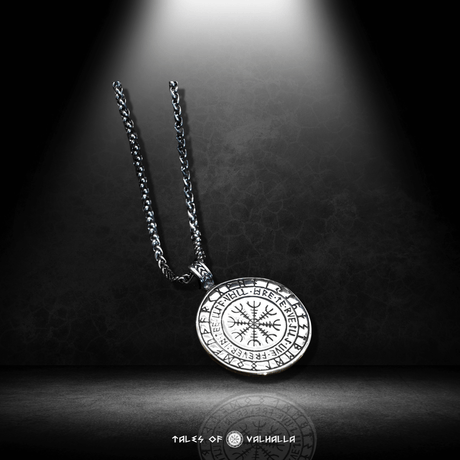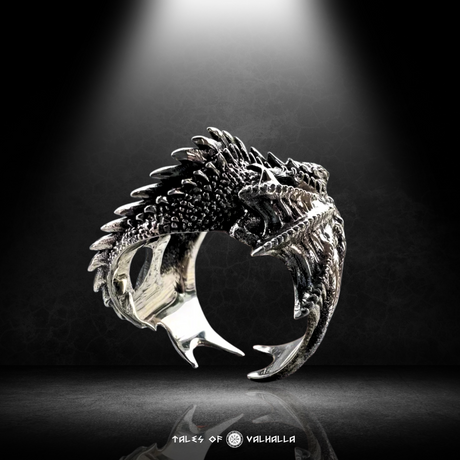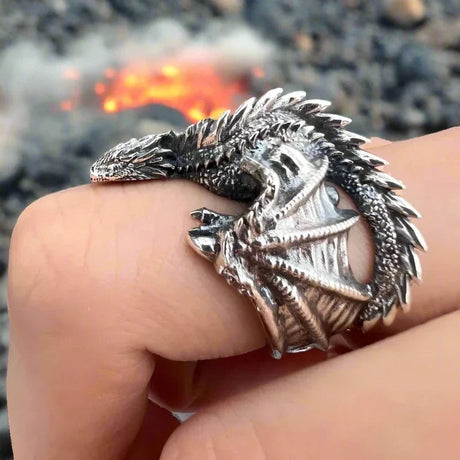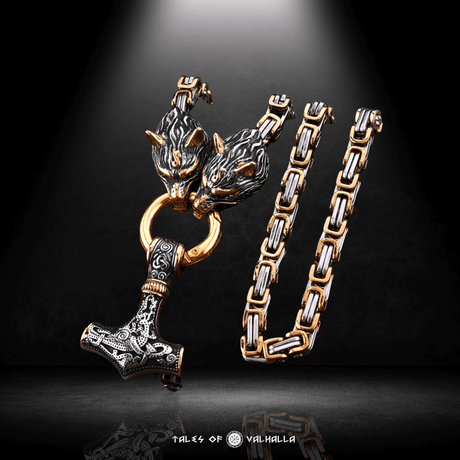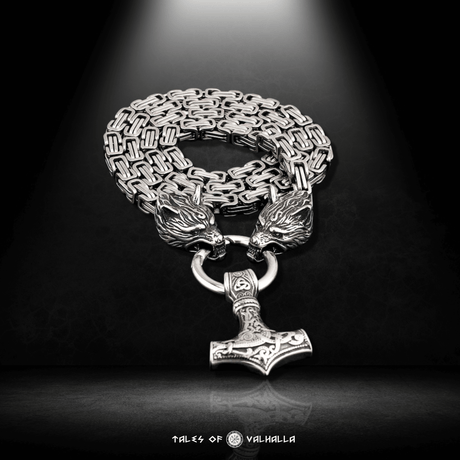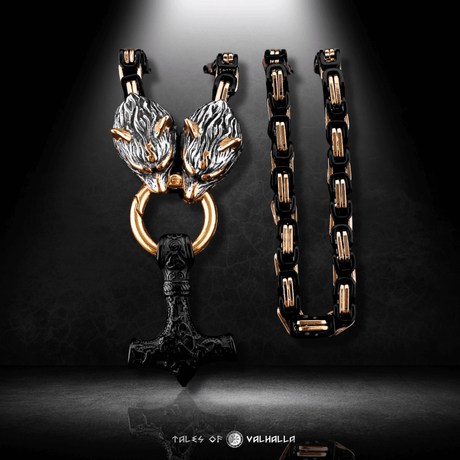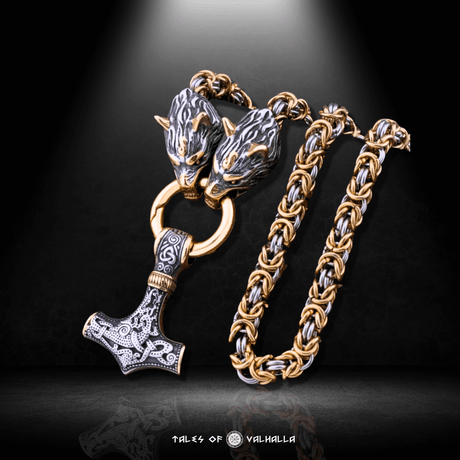The Viking warriors were great adventurer, and even today you can still see their impact in Scandinavian scenery. Very often they tend to overemphasize the aggressiveness of their looks and mask other aspects of their attire. However, a deeper analysis reveals a narrative of viking warrior clothes and progression of 10th century armor.
Picture a Viking warrior, and you might think of a horned helmet. But, these helmets were more myth than truth. The what a viking really looked like was more practical. They wore leather or chain mail armor and a simple headpiece.

The historical viking warrior clothing showed the Vikings' creativity and adaptability. Their clothing was both strong and decorative. It protected them in battle and showed their cultural identity.
Let's explore Viking armor together. We'll find out the secrets of the what a viking really looked like and how their armor evolved.
Exploring the Viking Warrior Attire
The traditional viking armor was not only protection, but it was much more than that. It reflected rich cultural heritage It revealed their culture. Their apparel; with the leather tunics to intricate designs, showcased their craftsmanship and determination.
Traditionally accurate female viking armor used fur, leather, and wool. These materials kept them safe and warm in the cold lands. The Vikings paid great attention to their clothes. They added patterns, embroidery, and metal bits for both looks and protection.
Vikings didn't just cover their upper body. They also wore strong leather boots and leggings for their legs and feet. These items were useful and showed the wearer's status and role in society.
| Garment | Material | Purpose |
|---|---|---|
| Tunic | Wool, Linen | Primary Garment |
| Cloak | Wool, Fur | Warmth and Protection |
| Leggings | Leather, Wool | Leg Protection |
| Boots | Leather | Foot Protection |
The Viking clothes were not just for fighting. They showed who the wearer was and where they came from. Symbols and patterns on their clothes told about their tribe, rank, and achievements. This made their outfits meaningful and eye-catching.
"The Vikings were not just fierce warriors, but also skilled artisans who took great pride in their craftsmanship and the visual representation of their culture."
Viking Armour
The Scandinavians were particularly aggressive when going to war. This is the armor that ensured their win. They employed various types of gears to shield them from possible injuries. Their armours ranged from leather to chainmail and were designed for countering various what weapons did vikings use.
One of the materials used in the Viking armor was leather. The latter was made from animal hides and was light and flexible. It provided safeguard against slashing and piercing attacks. It was often reinforced by metal studs or scales where the leather was going to be stronger.
Chainmail was another type of armour the Vikings used. It was a mesh of metal rings that gave great protection against swords and axes. Chainmail was very valuable, so only the most skilled and wealthy warriors could have it.
The Vikings also wore real norse viking helmet to protect their heads. These helmets had horns or decorations to help deflect blows and protect the face and skull.
These different types of armour let the Vikings move freely and stay safe on the battlefield. Their ability to adapt and stay protected was key to their success as fierce warriors in the Norse era.
The Evolution of Viking Helmets
The image of a Viking warrior often comes with a horned helmet. But, the truth about Viking headgear is more complex. The real norse viking helmet design shows a smart way to protect the head and face in battle.
Many think what a viking really looked like didn't include horned helmets. This myth likely comes from ceremonial helmets with horns or wings for Norse chieftains. But, these helmets were not made for fighting.
- The first Viking helmets were simple, dome-shaped, made of iron or leather, offering basic protection.
- As Viking warfare changed, so did their helmets. Conical helmets with nose guards became popular, giving better coverage and defense.
- Some helmets even had eye protection like spectacles, showing the Vikings' focus on safety and function.
Viking helmets varied by region and social status. Wealthier warriors got more decorative helmets. Those of lower rank wore simpler ones.
"The Vikings' practical approach to helmet design showcases their dedication to both form and function, ensuring their warriors were well-protected on the battlefield."
As the Viking era ended, their helmet designs influenced later helmets. They even inspired modern interpretations.
Chainmail: A Powerful Viking Defense
Chainmail was a key part of Viking armor, offering strong protection against enemies. This armor was made of interlocked metal rings. It showed the Vikings' skill and creativity.
Making Viking chainmail was hard work. Each ring was carefully made, then linked together. This made sure the armor was strong and protected the wearer well.
Viking chainmail was very useful. It could be worn alone or with other armor like leather. This made it a great choice for protection.
"The Viking chainmail was a symbol of the warrior's commitment to their craft and the uncompromising defense of their people."
Women Viking warriors also wore chainmail. They were important in defending their communities. Their armor was just as well-made as the men's.
Today, Viking chainmail still fascinates people. It shows how clever and strong these warriors were.

Shields and Spears: Essential Viking Weapons
Viking warriors were known for their powerful weapons, each with a special role in battle. The shield and spear were key to their success. They played a big part in their military strategies and victories.
Viking shields were made with a lot of thought and skill. They were round or kite-shaped, covered in leather or animal hides. This made them strong and allowed for designs that showed the warrior's identity and group.
These shields were not just for defense. The rim or boss could be used to hit the enemy up close. Shields were a key part of Viking warfare.
Viking warriors also used long, heavy spears as their main attack weapon. These spears had sharp metal tips and were made from ash or other strong wood. They let Viking warriors attack from a distance and control the battlefield.
Shields and spears were the core of Viking battle tactics. Warriors would form shield walls for protection and use their spears to attack the enemy. This strategy made the Vikings tough opponents and helped them succeed in battles.
| Weapon | Description | Tactical Use |
|---|---|---|
| Viking Shield | Typically round or kite-shaped, made of wood and covered in leather or animal hides | Provided protection, could be used offensively to strike with the rim or boss |
| Viking Spear | Long, heavy weapon with a sharp metal tip, made of ash or other hardwood | Primary offensive weapon, allowed for striking from a distance and maintaining control of the battlefield |
The Viking warriors were great at using shields and spears. Their battle tactics made them strong opponents. This helped them become known as fierce warriors in the Viking Age.
Clothing and Accessories of Viking Warriors
Viking warriors had a unique style that showed their culture and identity. Their viking armor was just part of their look. Everyday clothes and personal items also defined what a viking really looked like.
Viking men wore simple clothes like tunics, trousers, and cloaks. These were made from wool, linen, or leather. They were often bright colors like red, blue, or green, with detailed patterns and embroidery.
These designs had deep meanings. They showed the wearer's status, clan, or beliefs.
Accessories were key to a Viking warrior's look. They used brooches, rings, and pendants for different things. These were made of precious metals and gemstones. They showed the wearer's wealth and social rank.
Leather belts were also important. They held weapons, tools, and other important things. They were often decorated with metal.
- Tunics: Simple, functional garments worn as the primary upper body clothing
- Trousers: Practical legwear, often made of wool or leather
- Cloaks: Warm, decorative outerwear, sometimes fastened with ornate brooches
- Brooches: Decorative pins used to fasten cloaks and clothing
- Rings and Pendants: Jewelry worn as personal adornments and to display status
- Leather Belts: Used to hold weapons, tools, and other essential items
The traditional viking armor and weapons were key parts of a Viking warrior's look. But their everyday clothes and accessories also shaped their identity and culture.
Regional Variations in Viking Armor
The Vikings were famous for their warrior clothes, but their armor changed across regions and cultures. This variety made the what armour did the vikings wear rich and diverse.
In Scandinavia, historically accurate female viking armor was common. Women warriors wore armor with unique designs that showed their culture. Their armor used leather, metal, and textiles, proving Viking skill.
| Region | Armor Characteristics |
|---|---|
| Scandinavia | Leather, metal, and textile armors with intricate designs; female warriors often had specialized armor. |
| Eastern Europe | Heavier, more protective armor, including chainmail and reinforced leather, influenced by neighboring cultures. |
| British Isles | Lighter, more mobile armor, with a focus on maneuverability and speed in combat. |
In Eastern Europe, Viking armor was bigger and stronger. This was because of the tough climate and the influence of nearby cultures. Chainmail and leather armor were common for better protection in battles.
On the British Isles, Vikings chose lighter armor. They valued speed and agility over just defense. This choice was shaped by the land and the battles they fought there.
"The diversity of Viking armor across different regions highlights the ingenuity and adaptability of these fearsome warriors."
Learning about these differences helps us understand the historically accurate female viking armor and what armour did the vikings wear better.
The Influence of Viking Armor on Modern-Day Design
The what a viking really looked like style of Viking warriors has made a big impact on today's design. It shows up in everything from high fashion to industrial products. The tough and useful nature of 10th century armor inspires many creative fields.
Designers in fashion look to the Viking style for inspiration. Runway shows feature clothes and accessories that remind us of Viking armor's bold looks and detailed metalwork. This mix of old and new has caught people's attention and started new fashion trends.
The Viking look has also made its way into industrial design. Designers use strong materials and riveted designs, like Viking armor, in their work. This means you can find Viking-inspired furniture and tech in homes and offices all over the world.
Viking armor's impact reaches into pop culture too. Movies, TV shows, and video games show what what a viking really looked like and 10th century armor looked like. These shows have made the Viking style even more popular, inspiring new fans and creators to dive into this rich culture.
"The Viking aesthetic is a timeless symbol of strength, resilience, and innovation. Its impact on modern design is a testament to the lasting power of ancient craftsmanship and the enduring allure of this captivating warrior culture."
The interest in Viking culture keeps growing, and their armor's influence on design will likely keep inspiring us. From fashion to the workshop, the look and feel of what a viking really looked like and 10th century armor will keep shaping our creative world.

Conclusion
The Viking warrior's clothes and armor were more than just for fighting. They were a big part of who they were. From the famous horned helmets to the flexible chainmail, their clothes showed their bravery and skill in battle. Over time, Viking armor changed from leather and fur to advanced metal work. This shows how smart and flexible these sea raiders were.
Today, we can still see the impact of Viking armor in modern gear and fashion. By looking into the details of Viking armor, we learn a lot about their history and lasting impact. They were powerful warriors who changed history.
The clothes of Viking warriors, like their strong cloaks and detailed tunics, did more than keep them safe. They showed the person's rank and fighting skills. This look into Viking armor helps us understand their culture better. It gives us a peek into their everyday lives and how they fought.
FAQ
What kind of armor did Vikings wear?
Vikings used leather, chainmail, and sometimes plate armor. Their helmets, often seen with horns, were likely for ceremonies, not battles.
Were female Vikings also armored?
Yes, some female Vikings wore armor and carried weapons. Scholars are still researching how widespread this was.
What were the main weapons used by Vikings?
Vikings used swords, axes, spears, and shields. Their weapons showed their skill and craftsmanship.
How did Viking armor evolve over time?
Viking armor changed a lot over the years. Early warriors used leather and chainmail. Later, they used more advanced plate armor.
What were the key features of Viking helmets?
Vikings wore helmets for battle, not the horned ones often shown. These helmets were made of iron or leather and had a face guard.
How did Vikings use their shields in combat?
Shields were key for Viking warriors. They used them to block attacks and to push against enemies.
What materials were used to make Viking armor?
Vikings made armor from leather, chainmail, and sometimes iron or steel. The choice depended on where they were from and their status.
How did Viking armor influence modern design?
Viking armor's look and function have shaped modern design. It inspires fashion, art, and even everyday products.

